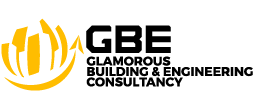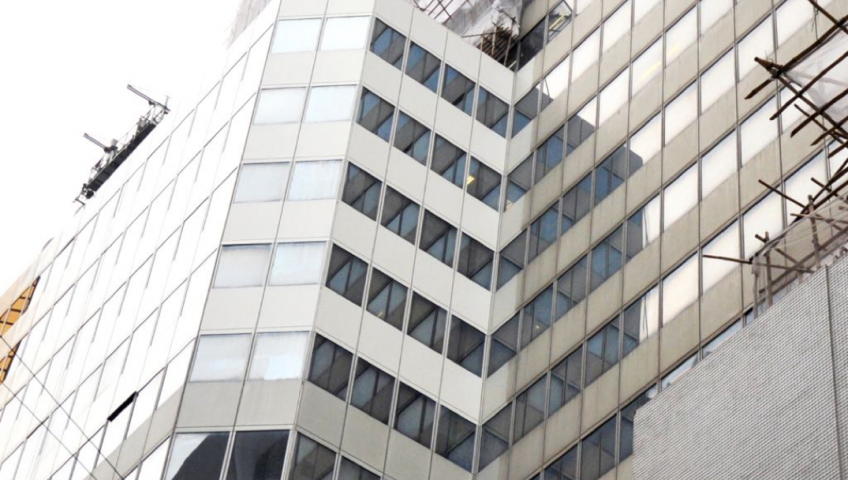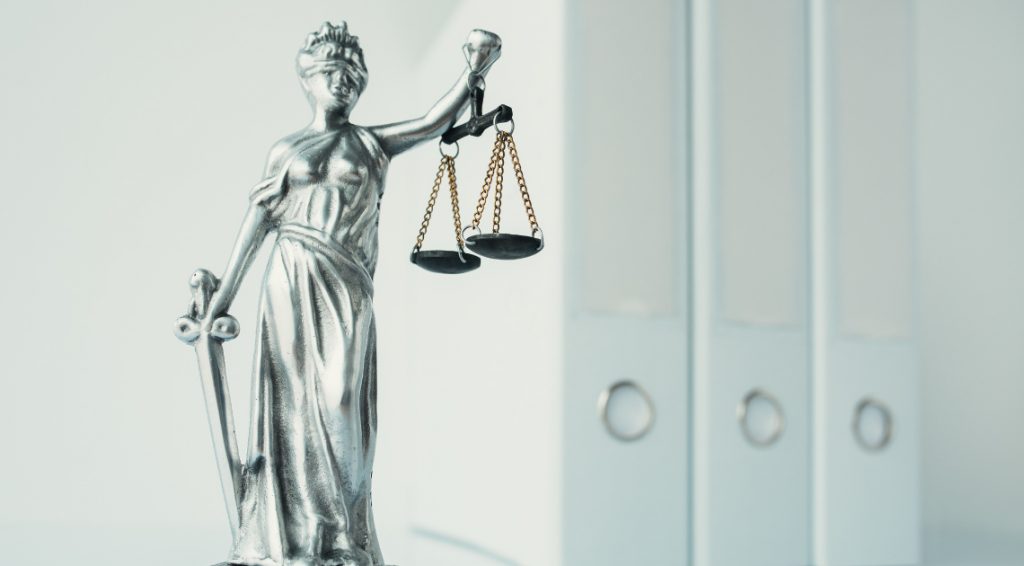Following with our part 1 discussion, we now share another hot topic about coating applied on the aluminium. “Self-cleaning” is indeed a merchants’ name . The behind sciences are varying from among different manufacturer. We have conducted some comparison among different materials being applied to the cladding surface.
Theory of “Self-cleaning”
Self-cleaning : Hydrophilic approach
In short, there are a few theories behind the “self-cleaning” . One typical approach is to create the surface which reduce the water surface tension. When the water droplet lands on the surface, the water droplet has formed an wetting angle to the surface of cladding. The stronger the water tension, the more acute the wetting angle is. The below diagram explains the wetting angle and how it carries the dirt / stain / attachment on the surface. Different manufacturer has formulated different chemical materials to reduce the water tension and flatten the wetting angle. The water is to carry and flush away the dirt. The most typical chemical approach is to create the coating surface which offer better hydrophilic (hydrophilic is origin from latin word, the word philic means love).

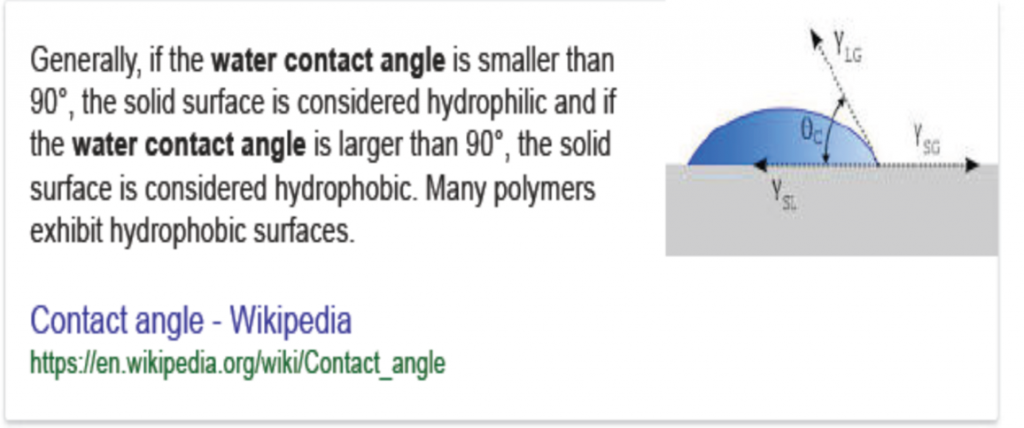
Self-cleaning : Photo-catalytic Oxidation
Another theory is by “Photo-catalytic Oxidation” . We are not Chemist and cannot cite the theory . Nevertheless, we found one extract from “Chemosphere 193( 2018-198-206)” , there explains the “photo-catalytic oxidation” with the below graphic. In short, it is the oxidation process to the VOCs by UV and Photon. This is again alleged by many peers as ” self – cleaning” , but obviously the theory is very different from “hydrophilic approach”
Self-cleaning : Hydrophilic approach
To the contrary of “Hydrophilic” , some manufacturer applied the opposite ; hydrophobic approach. The theory behind is to keep the strong water tension of the droplet and let the droplet to “PICK” the dirt away. From our very preliminary scanning , this technique was more relying on the water – repellent nature ,
Product in the market : –
We have encountered different approaches in the market. All suggest their “self-cleaning” properties. We try to cite some examples to illustrate different theory behind . We are not in the position to comment each performance and indeed it is difficult to do comparison. We hope this articles can offer some ideas for future research
Kansai Paint :
One of the product is made by Kasiai, we were given the understanding that the materials is silicon-based modified resin materials with their own additive untold to the public. This is to create the “Hydrophilic” by flush and deliver the dirt.
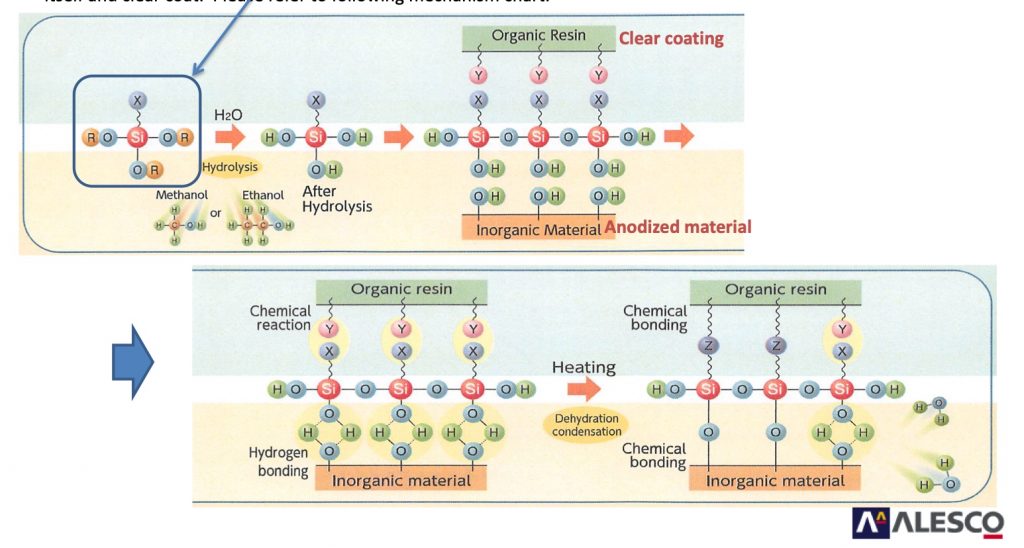
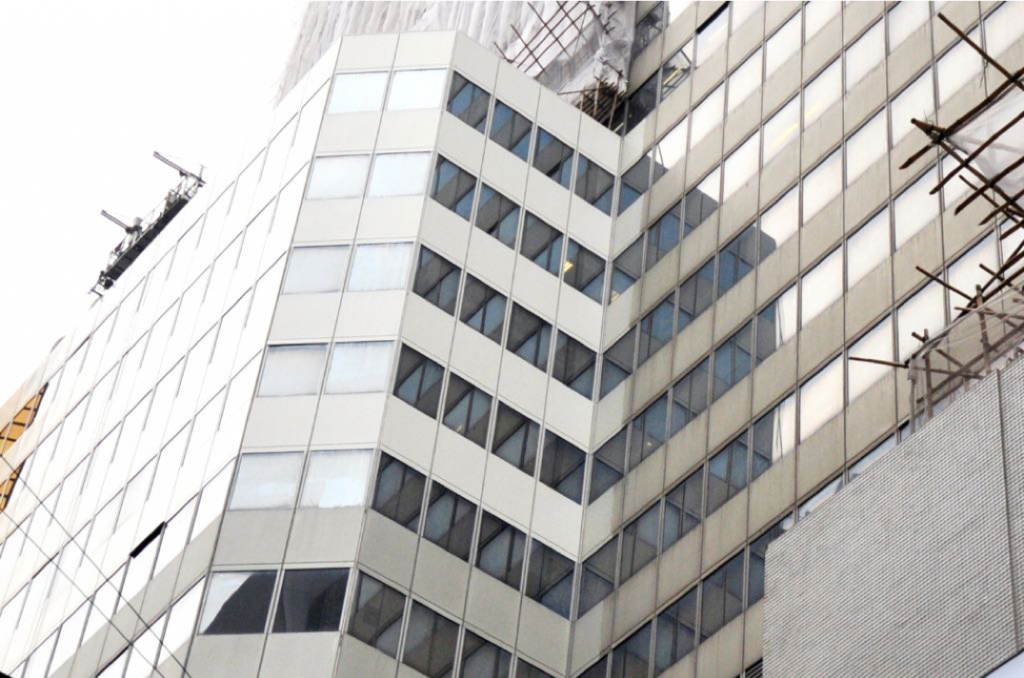
Hydrotech from TOTO
Hydrotect is the tradename by TOTO. We extract their self-allegation from their official website. In short, they claimed their coating technique is photocatalytic which is to OXIDE the VOCs in the air. Their website further suggests this “Hydrotect” can offer the hydrophilic surface to flush the dirt

XX Sheet film paper
A manufacturer , named to be untold here, claimed that there film sheeting offer the self-cleaning. We cannot identify their theory online. Nevertheless, we did a quick water spray test on the surface. We noticed that the water droplet kept intact on the surface and did not appear wetting pattern which is for flushing the surface. From the picture below, the water – droplet keeps visually keeps the sharp and the droplet drip pattern is in the form of line.

